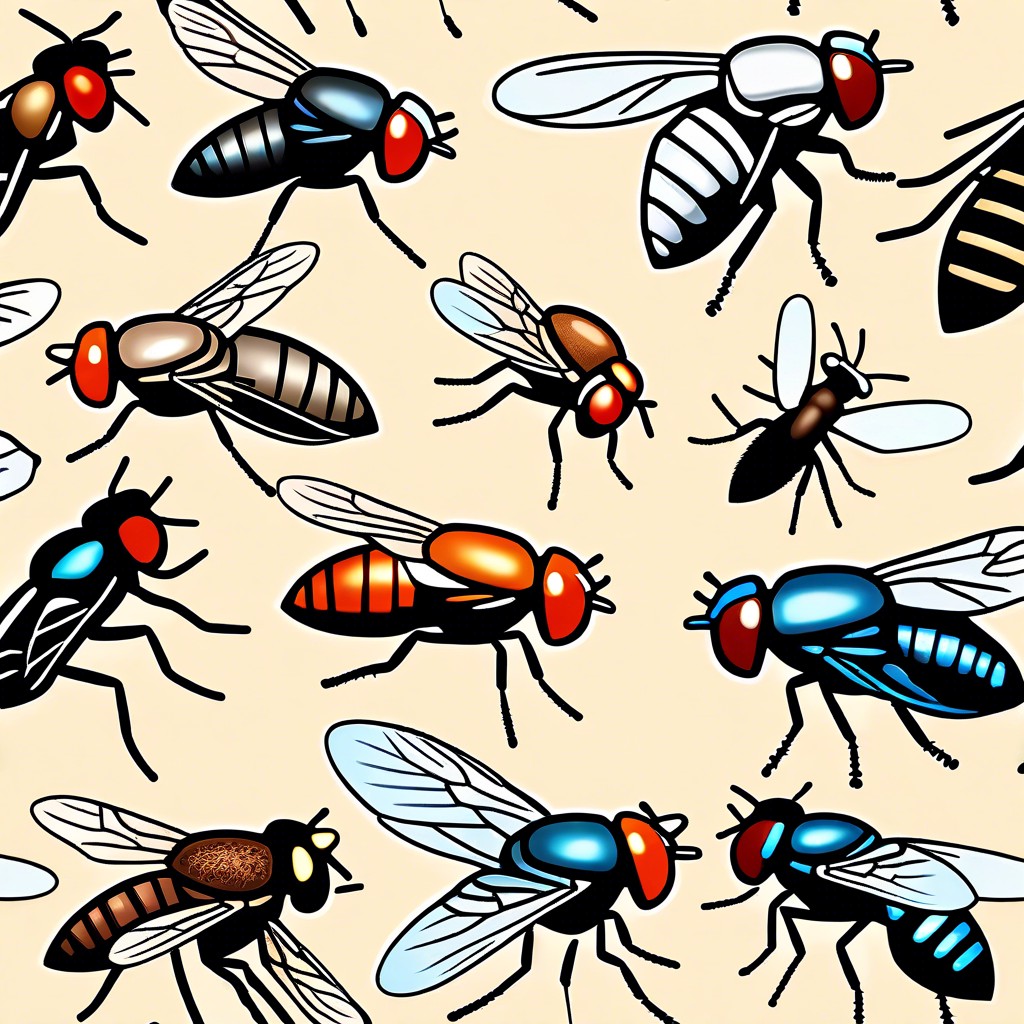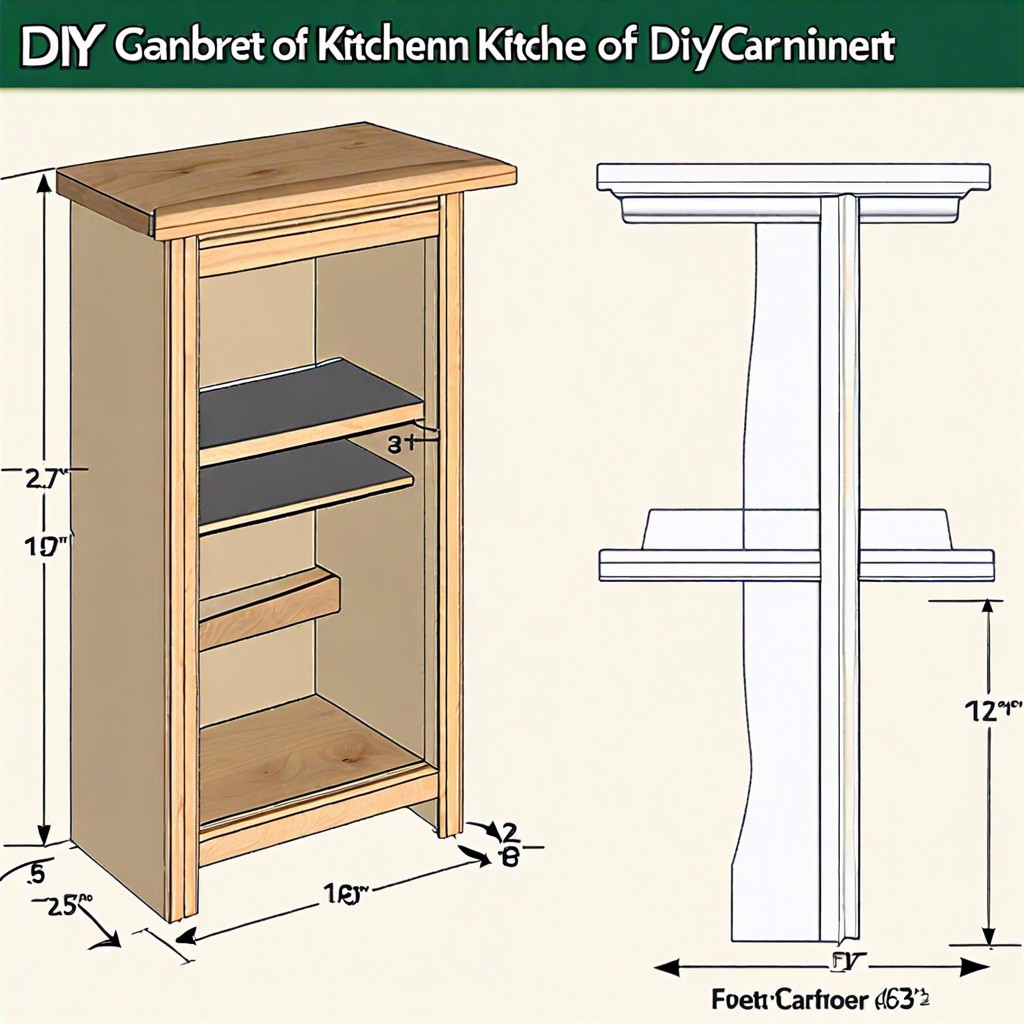Last updated on
Delve into the intriguing world of measurements as we decode the scale of 6 meters, translating it into various everyday contexts and providing practical conversions to understand this dimension better.
Key takeaways:
- A school bus and a Christmas tree are approximately 6 meters long.
- The distance between bases on a baseball diamond is just over 6 meters.
- An adult giraffe and a great white shark can reach around 6 meters in length.
- Six meters is equivalent to about two cars parked bumper to bumper.
- One meter equals approximately 3.28 feet, so 6 meters is about 19 feet and 8.22 inches.
What's Inside
Comparative Objects Sized At Approximately 6 Meters

A school bus typically spans about 6 to 7 meters in length, offering a tangible reference for learners to and from their educational journeys. Fans of aquatic life can think of the graceful whale shark, which averages around 6 meters long for younger individuals, bringing the vastness of the ocean into perspective.
For those with a green thumb, envision a mature Christmas tree, reaching skyward to nearly 6 meters, conjuring the festive spirit of holiday seasons.
Sports enthusiasts might consider the distance between bases on a baseball diamond, which is just a tad over 6 meters (27 feet, 10 inches), illustrating the quick sprints athletes need to steal bases. For a touch of history, the iconic Volkswagen Beetle measures just under 6 meters end to end if you line up three bumper to bumper – a quirky convoy of classic engineering.
A more day-to-day comparison could be three large refrigerators or about four king-size mattresses aligned side by side, each pulsing the need for practical measurements in interior design and daily living. These familiar objects serve as benchmarks, easing the grasp of metrics and offering a more relatable understanding of the dimensions that surround us.
Real-World Examples of 6 Meter Lengths

To grasp how substantial six meters is, consider that an adult giraffe, one of the tallest land animals, stands about this height at its head.
This dimension is roughly equal to two average-sized cars parked bumper to bumper.
In terms of aquatic life, a great white shark can grow just over this length, often around 6.1 to 6.4 meters.
For those familiar with competitive sports, the distance thrown in a men’s shot put often exceeds six meters, with top athletes pushing well beyond this mark.
Meanwhile, in the realm of public transportation, a typical city bus is about 2.5 times this length, with each six-meter segment accommodating a dozen passengers comfortably seated.
In architectural elements, a standard two-story building might span close to six meters in height, providing a concrete visual reference for those envisioning vertical dimensions.
Lastly, six meters is also a key measure in nautical terms, as pleasure boats and yachts often start around this length, offering enough space for leisure activities.
Visualizing 6 Meters in Everyday Life
Picture a standard telephone pole, a common sight in many urban and rural landscapes – these poles typically stand around 6 meters tall. Imagine standing two average adults one on top of the other; you’d be close to reaching this height.
In public transportation, double-decker buses shine as an example; they flirt with the 6-meter mark when it comes to their height.
Consider two sedan cars parked end to end; together they approach this length, offering a clear representational image.
When lounging on your sofa at home, think of three of these average-sized pieces of furniture lined up; that’s roughly the space 6 meters would consume.
In aquatic terms, visualize three adult humans lying head to foot in a swimming pool; they’d span the breadth of 6 meters with a little room to spare.
These everyday comparisons help us grasp just how substantial 6 meters can be in our daily environment.
Common Items Measured in Meters Vs. Feet
When we think of items typically measured in meters, we often picture longer objects since a single meter is a substantial unit. Things like the depth of a swimming pool or the length of a small sailboat are usually gauged in meters. For instance, a standard Olympic swimming pool is 50 meters long, dominating our mental image of “big.”
In contrast, feet as a measure are more common for shorter distances. Take, for example, the height of a person or the width of a door. We might say someone is 6 feet tall or a door is 3 feet wide. Using feet provides us with a more granular scale for everyday dimensions.
Switching between these units means recognizing that 1 meter equals approximately 3.28 feet. Therefore, an object that’s 6 meters long, like a large family car, translates to almost 20 feet in length — or three average-sized cars parked bumper to bumper. Understanding this conversion helps us better grasp the scale of objects and spaces in different units of measurement.
Convert 6 Meters to Feet and Inches
Converting from meters to feet and inches gives you a better grasp if you’re more familiar with the imperial measurement system. Six meters is equivalent to approximately 19 feet and 8.22 inches.
To break it down, one meter equals roughly 3.281 feet. When you multiply 6 by 3.281, you get 19.686 feet.
Since only the whole number represents feet (19 in this case), you take the decimal part (0.686) to convert to inches. There are 12 inches in a foot, hence, multiply 0.686 by 12, which gives you about 8.22 inches.
This conversion allows you to visualize lengths with precision and relate them to objects around you. For instance, if you’re laying out a room for renovation, understanding that the new carpet needs to be 19 feet and 8 inches on one edge provides clarity for those comfortable with feet and inches.
Meter Conversion Table
Understanding the metric system is essential for visualizing distances like 6 meters. Sometimes though, it can be challenging to picture the metric measure when you’re more familiar with the imperial system. To help bridge this gap, here’s a handy conversion table. It takes the length in meters and provides the equivalent in feet and inches, which are common units of measurement in the United States and a few other countries.
- 1 meter = 3.28084 feet, or approximately 3 feet 3⅜ inches.
- 2 meters = 6.56168 feet, or approximately 6 feet 6¾ inches.
- 3 meters = 9.84252 feet, or about 9 feet 10 inches.
- 4 meters = 13.12336 feet, or roughly 13 feet 1½ inches.
- 5 meters = 16.4042 feet, or about 16 feet 5 inches.
- 6 meters = 19.68504 feet, or approximately 19 feet 8¼ inches.
For a quick calculation to go from meters to feet, multiply the number of meters by 3.28084. If inches are necessary, take the decimal part of the feet measurement and multiply by 12. With this conversion table, you can now equate 6 meters to its imperial counterpart with ease.
FAQ
What is 6 meters long in feet?
Six meters equates to approximately 19.685 feet when converted using the standard metric to imperial conversion rate.
How much is 6 meters in water?
In water, 6 meters equates to approximately 19.685 feet, a depth that surpasses the average maximum depth of swimming pools at 12 feet, and offers a significant level of water pressure.
Is 6 feet bigger than 2 meters?
No, six feet is not bigger than two meters.
How does a 6 meter depth affect light penetration in water?
At a depth of 6 meters in water, light penetration decreases significantly, allowing only about 25% of surface light to penetrate, thus producing a dimly lit environment below.
What known objects or animals measure approximately 6 meters?
Adult elephants, large motorhomes, and fully grown male giraffes measure approximately 6 meters.
How would a 6 meter change in sea level affect global coastlines?
A 6 meter increase in sea level would cause drastic changes to global coastlines, leading to the complete submersion of some low-lying areas, a reduction in beach sizes, and the displacement of millions of people living near coasts.




